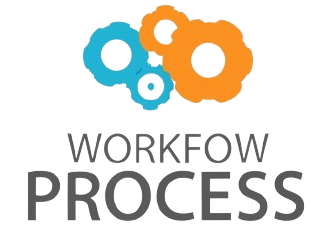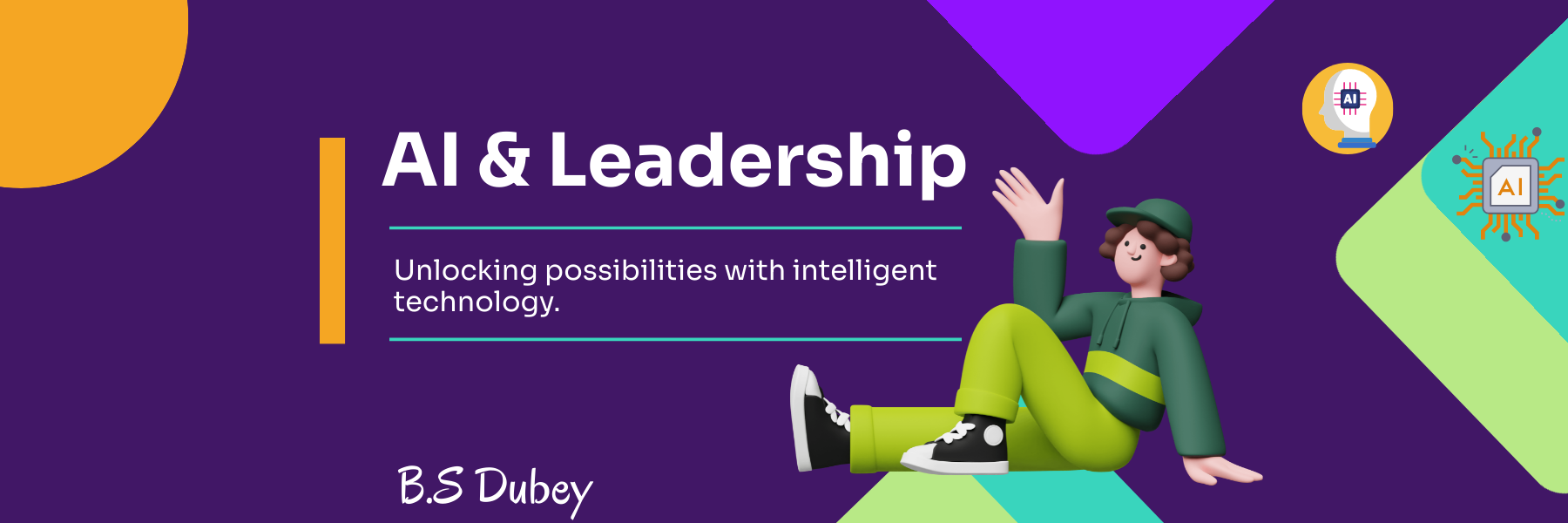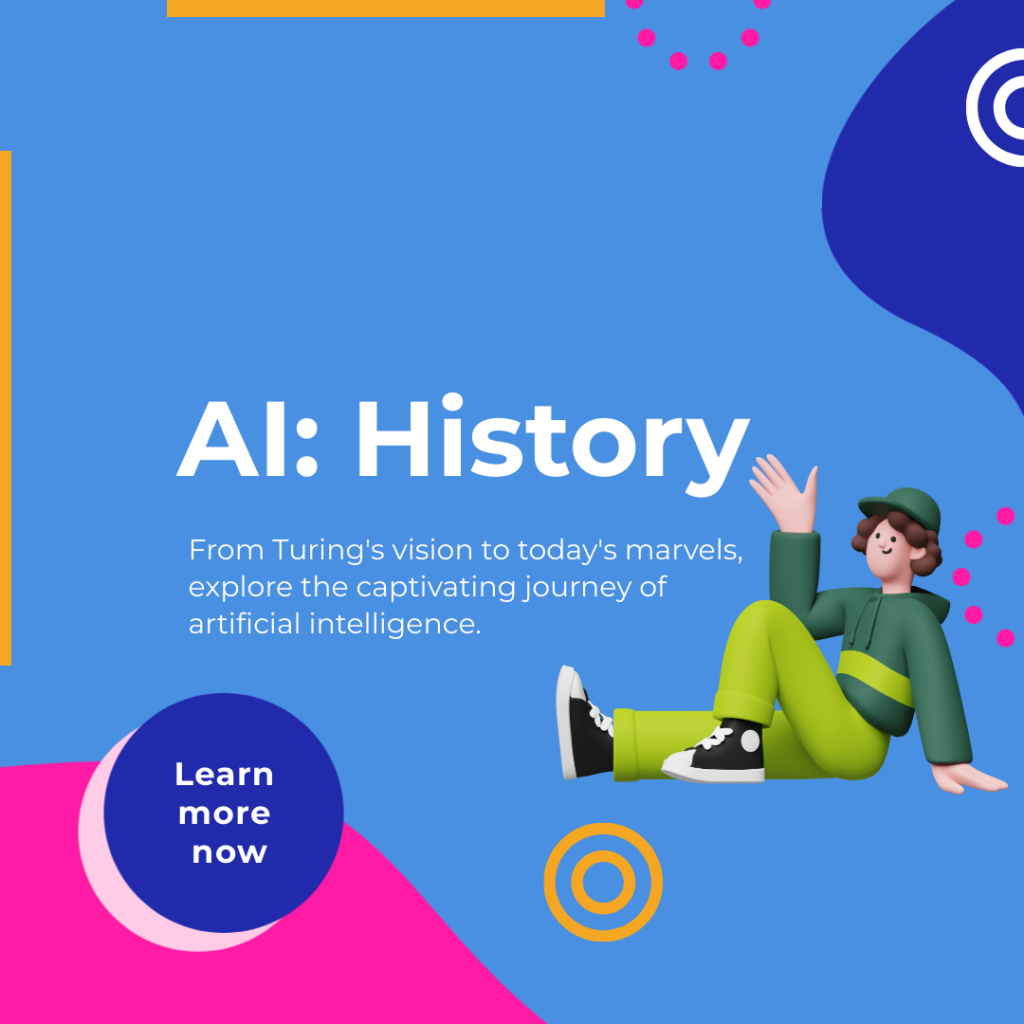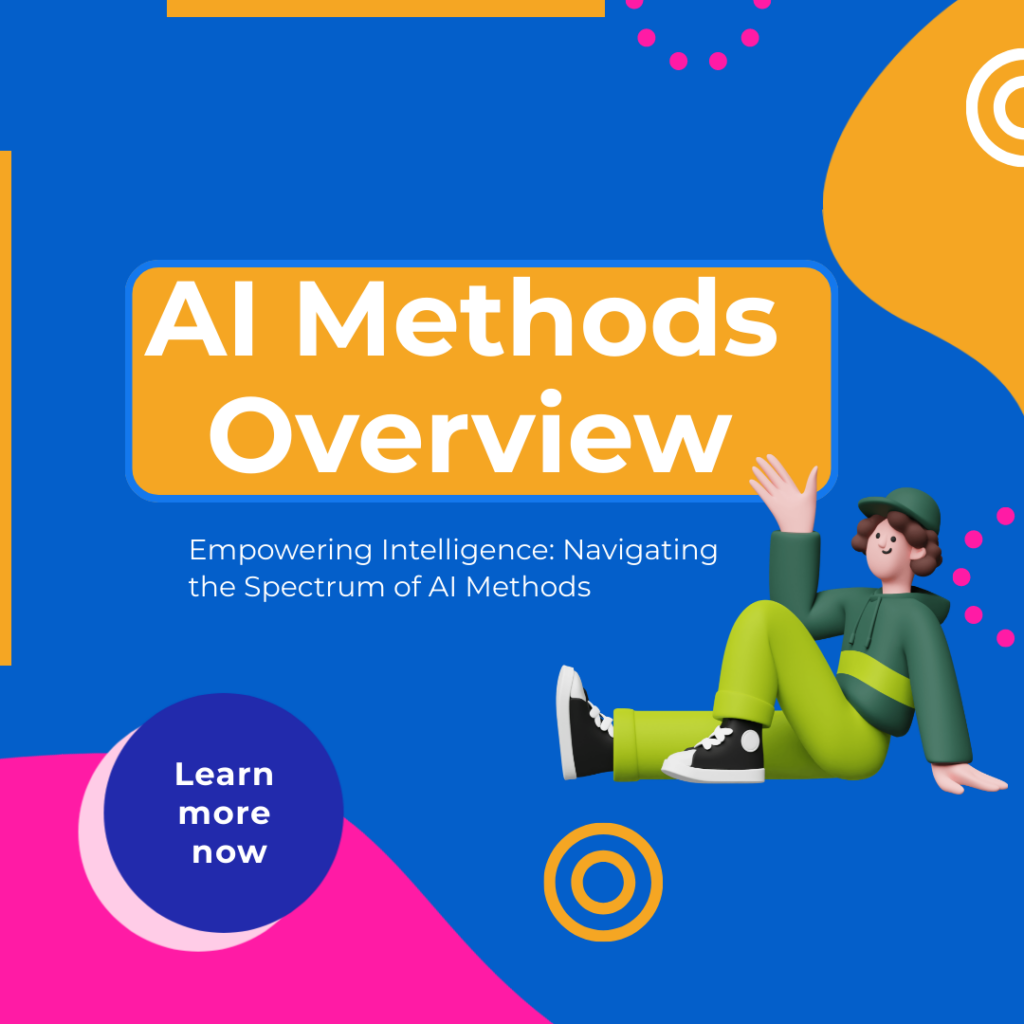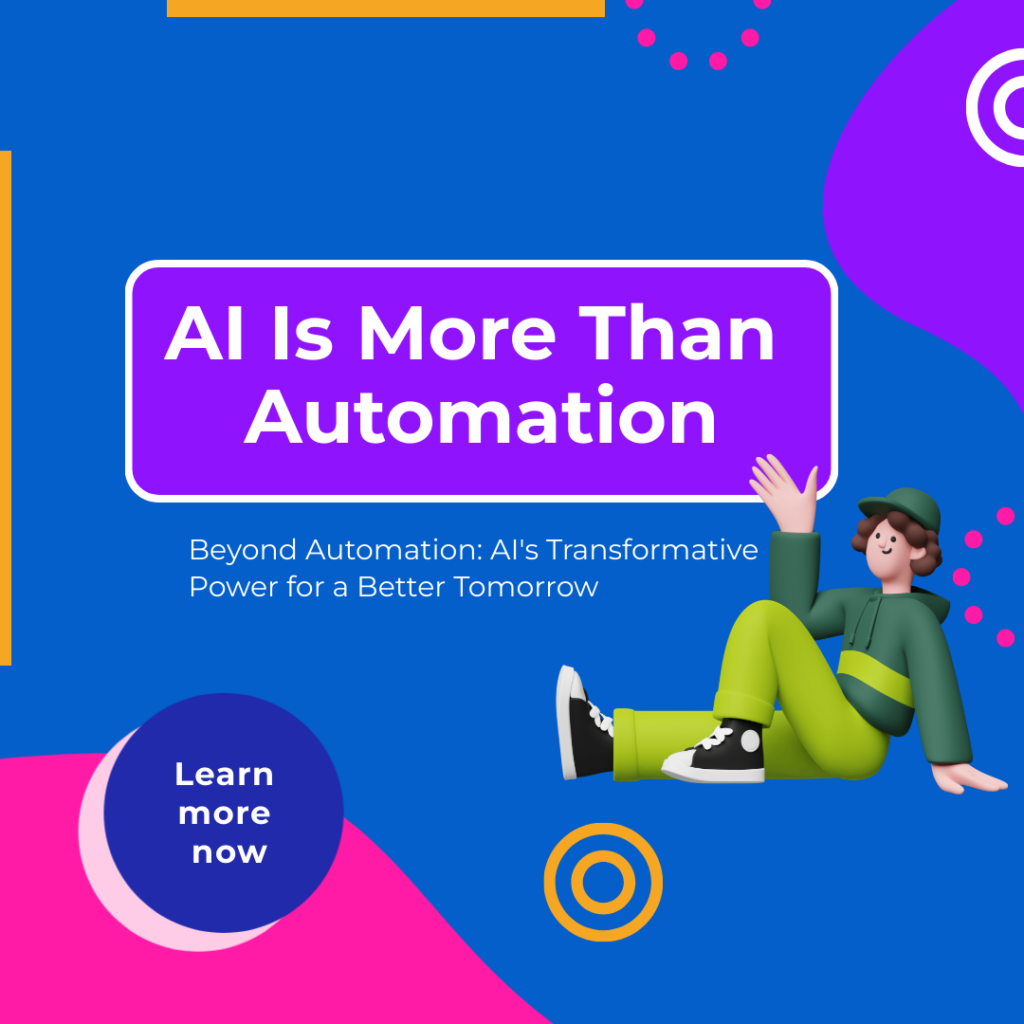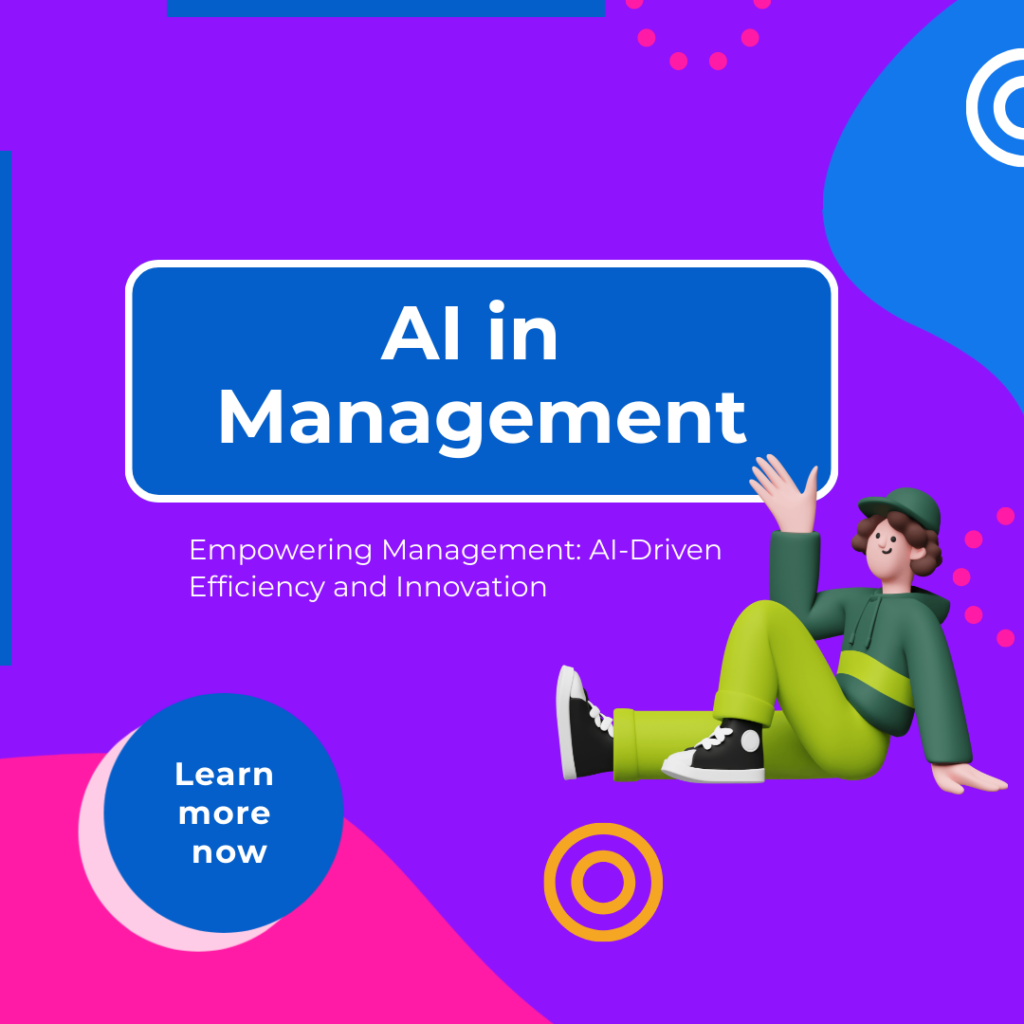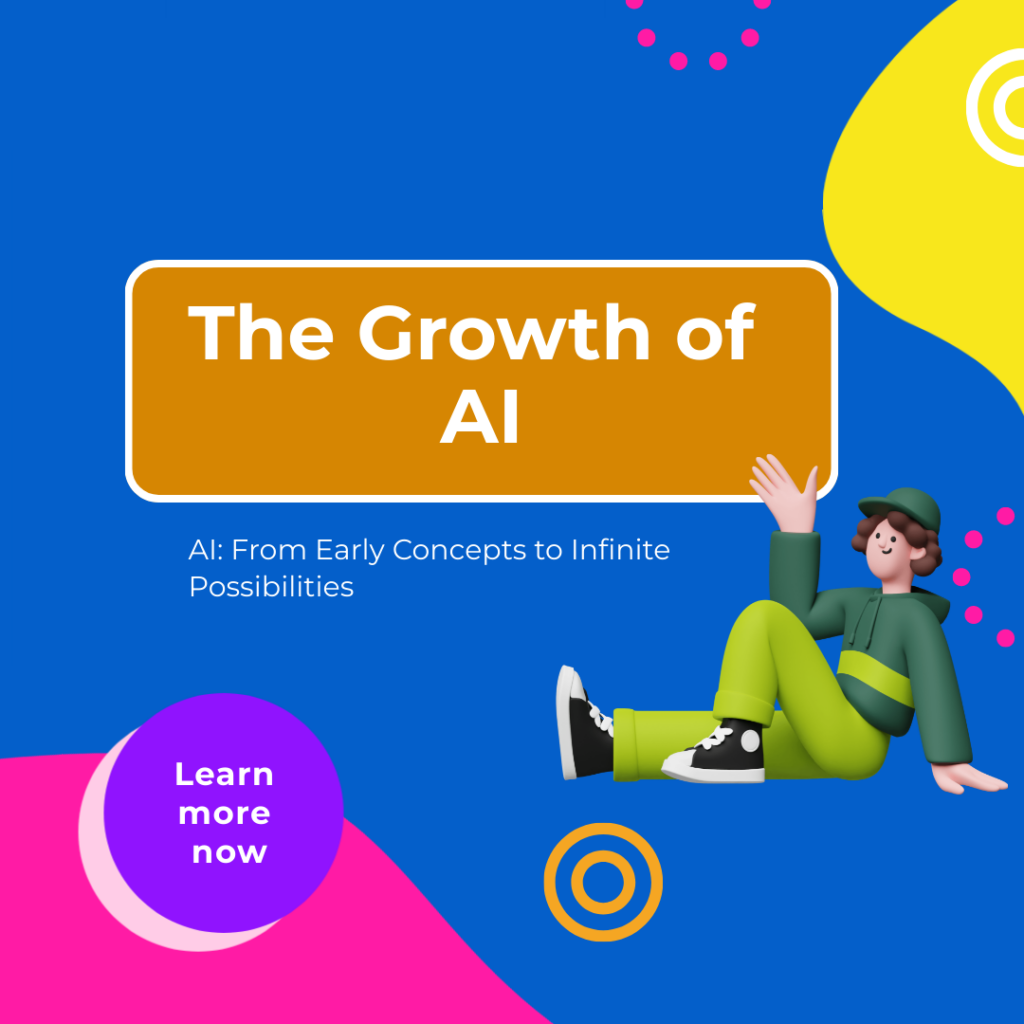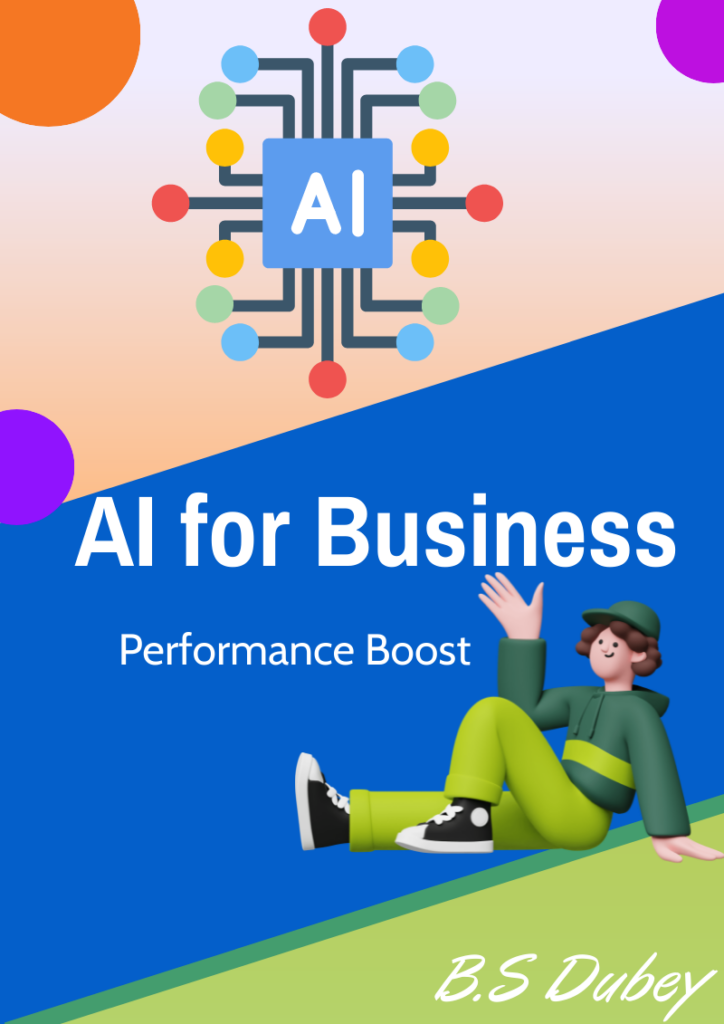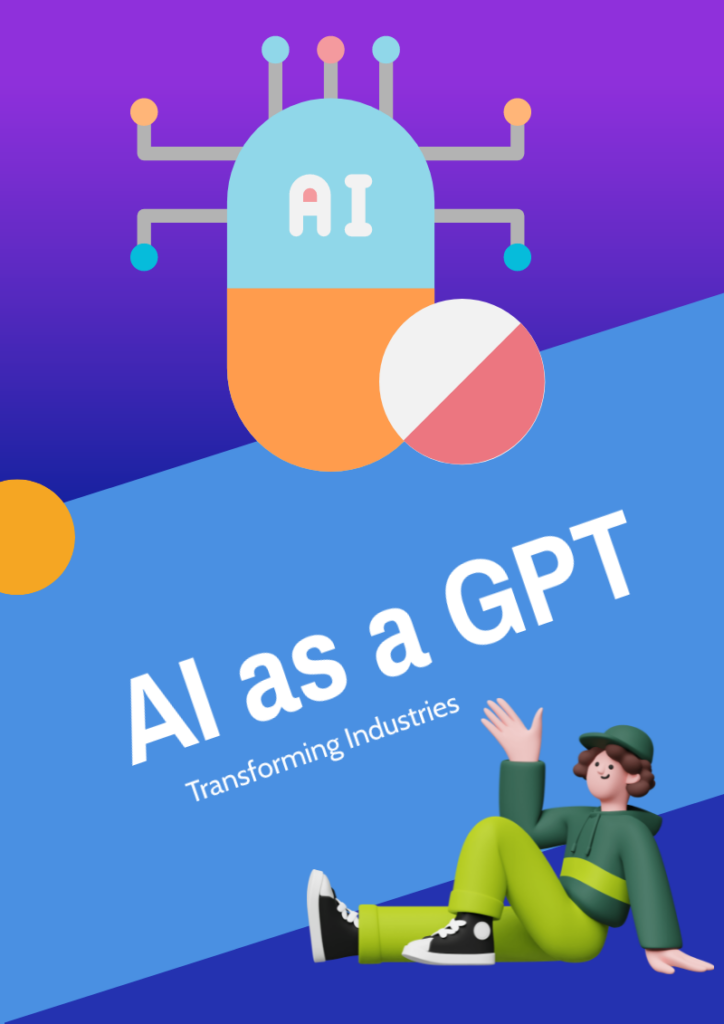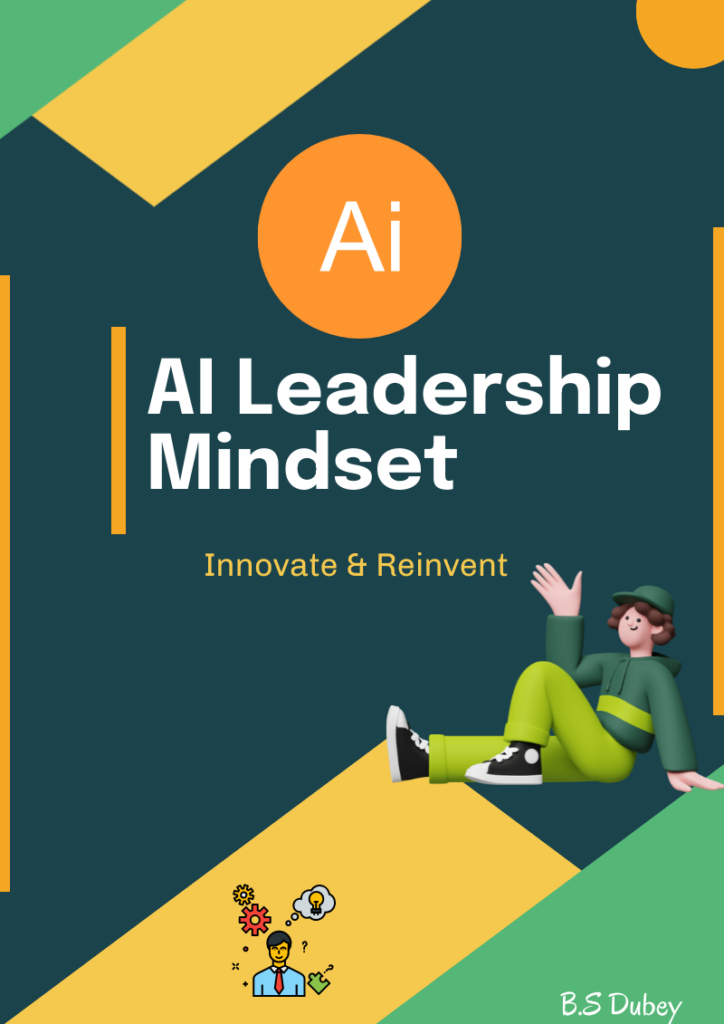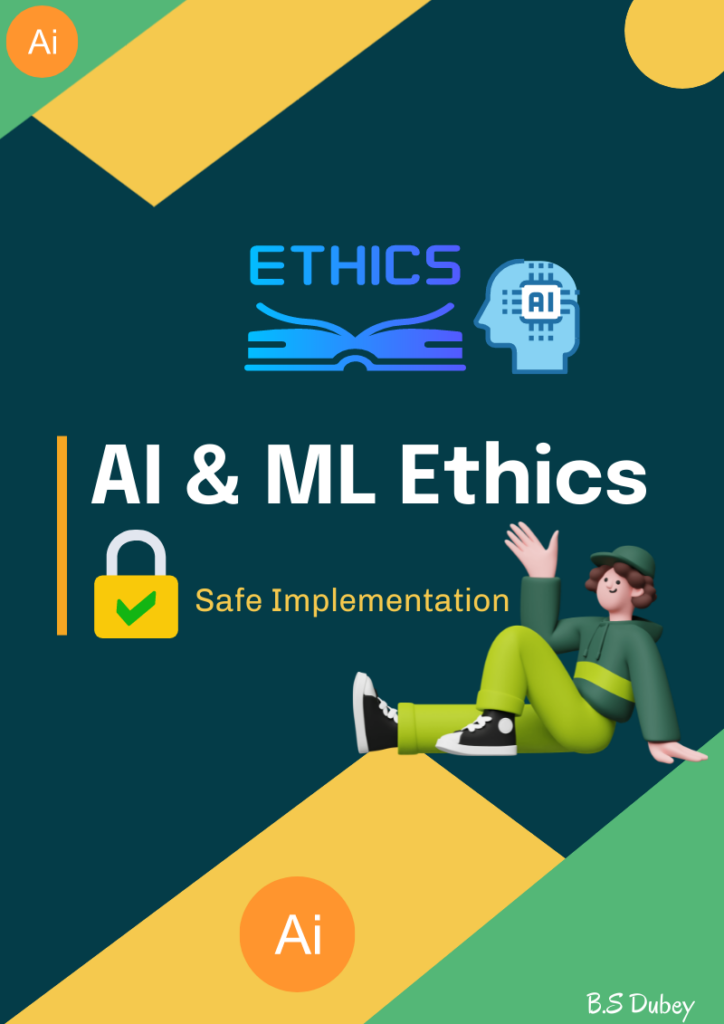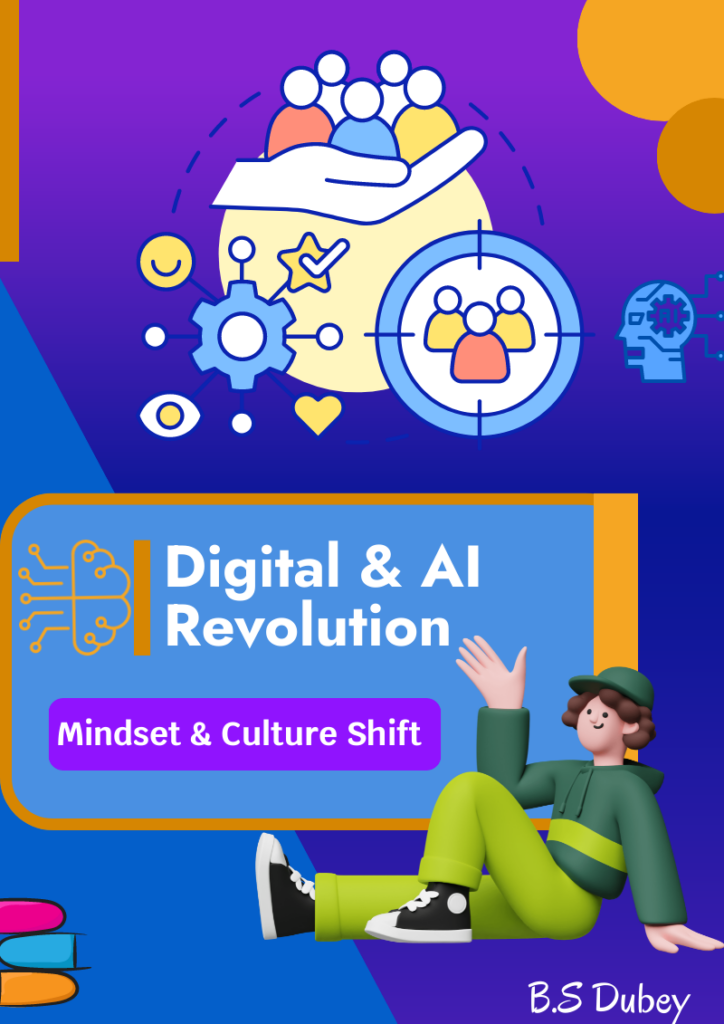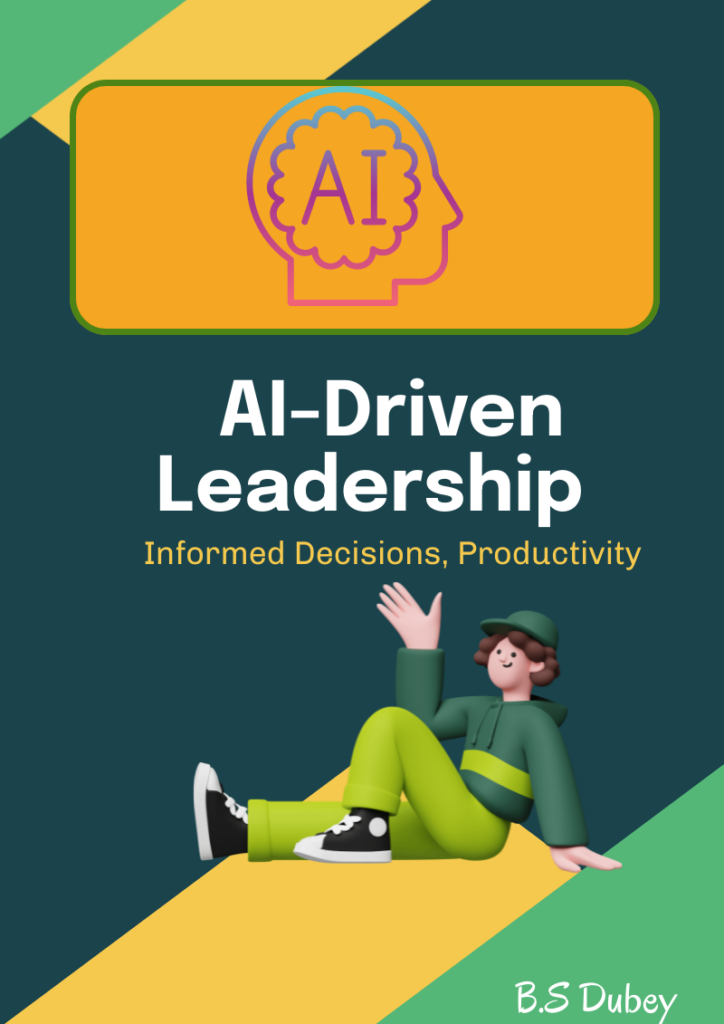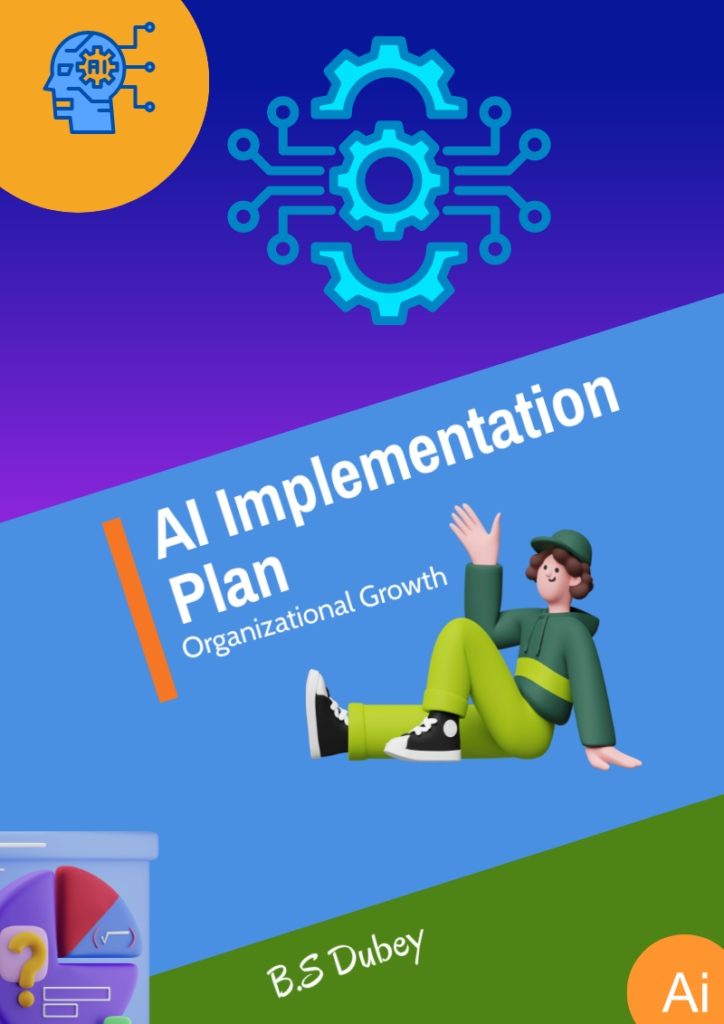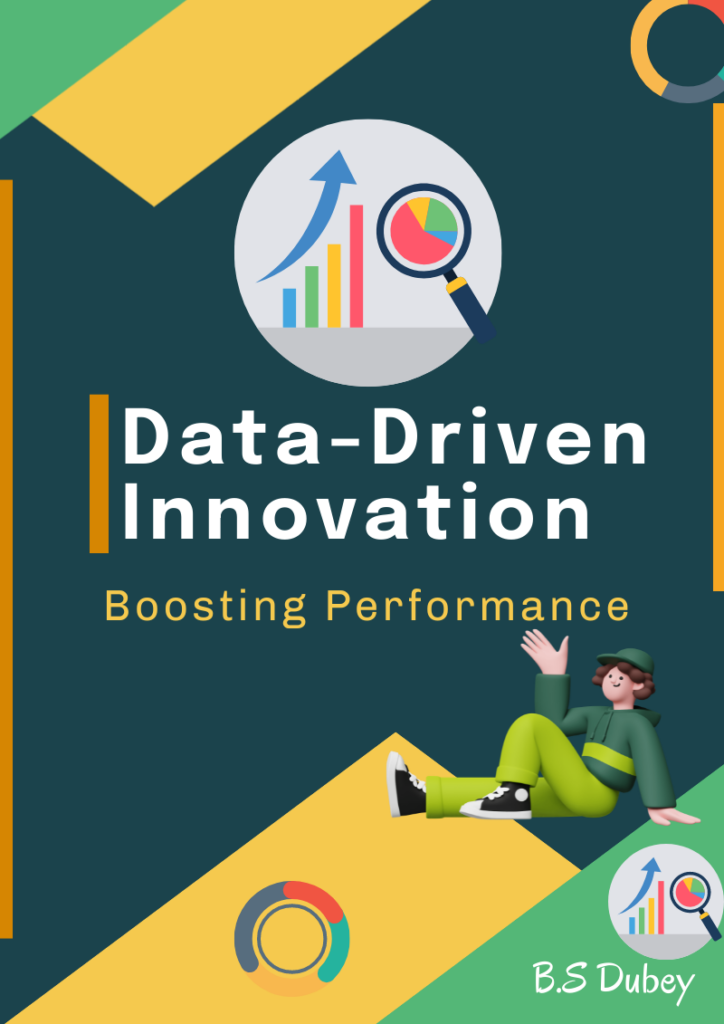AI & Leardership
AI: History
The infographic “AI: History” provides a visual timeline of the major milestones in the evolution of artificial intelligence. It begins in the 1950s with the coining of the term “artificial intelligence” and early research focused on problem-solving and game-playing algorithms. The timeline continues through the 1950s and 1960s, highlighting the development of pioneering AI programs like the Logic Theorist and the General Problem Solver, which showcased the potential of AI technology. The 1970s marked a period known as the “AI Winter,” characterized by a slowdown in progress due to limitations in computing power and funding challenges.
In the 1990s, AI experienced a revival with the emergence of expert systems, which provided specialized problem-solving capabilities in various fields. The infographic concludes with the present day, where AI has made significant advancements in machine learning, deep learning, and natural language processing, leading to transformative applications across industries.
AI Method Overview
The “AI Method Overview” a detailed exploration of various AI methods, each playing a crucial role in developing intelligent systems. It begins with foundational concepts like Machine Learning, which allows systems to improve from experience, and Deep Learning, which utilizes neural networks to handle complex data tasks. Natural Language Processing enables machines to understand human language, while Computer Vision focuses on interpreting visual information. Reinforcement Learning teaches agents to make decisions through rewards and penalties, and Expert Systems encapsulate domain-specific expertise to solve complex problems. Fuzzy Logic and Genetic Algorithms are highlighted for their capabilities in handling uncertainty and optimization, respectively, while Neural Networks and Bayesian Networks are noted for their use in pattern recognition and probabilistic reasoning.
Overall, the overview encapsulates the diverse methodologies within AI, illustrating how each method offers unique strengths and applications.
AI Is More Than Automation
The “AI Is More Than Automation” explores the multifaceted role of Artificial Intelligence (AI) beyond merely automating tasks. It highlights AI’s potential to drive creativity, tailor personalized experiences, and solve complex problems across various sectors. AI is depicted as a powerful tool that can analyze vast amounts of data to uncover insights, enhance decision-making, and collaborate with humans to expand capabilities. This overview underscores that AI’s applications are diverse, extending into fields like research, healthcare, and education, and pushing the boundaries of traditional creative and problem-solving processes.
Moreover, the image emphasizes the broader implications of AI, including its role in emerging industries and the ethical considerations that accompany its development. AI is portrayed as a catalyst for innovation, capable of creating new industries like personalized medicine and autonomous vehicles while addressing global challenges such as climate change and poverty.
AI in Management
The image “AI in Management” outlines how Artificial Intelligence (AI) is revolutionizing managerial functions by enhancing efficiency, decision-making, and overall business processes. It covers key areas where AI is making an impact, such as data analysis, predictive modeling, process automation, customer service, and talent acquisition. The use of AI extends to performance management, risk management, project management, strategic planning, and decision support, providing managers with powerful tools to optimize operations, forecast trends, and make informed decisions.
Overall, the image emphasizes that AI is not just automating tasks but also transforming the way managers work. It highlights AI’s role in improving efficiency, supporting strategic initiatives, and fostering innovation. The conclusion underscores AI’s potential to create new growth opportunities and reshape the business landscape, making it an indispensable tool for modern management.
The Growth of AI
The Growth of AI illustrates the transformative journey of artificial intelligence from its early conceptual stages in the 1950s to its current state. It highlights the initial phase where the term ‘artificial intelligence’ was coined, followed by the development of machine learning algorithms. The 1970s and 1980s saw the emergence of expert systems capable of performing specialized tasks requiring human expertise, such as medical diagnosis. This period laid the groundwork for more sophisticated AI applications that could mimic human decision-making processes.
The timeline further highlights the machine learning boom of the 1990s and 2000s, driven by advancements in computing power and data availability. This era witnessed significant breakthroughs that paved the way for the deep learning revolution in the 2010s, which achieved remarkable accuracy in image recognition and natural language processing. T
